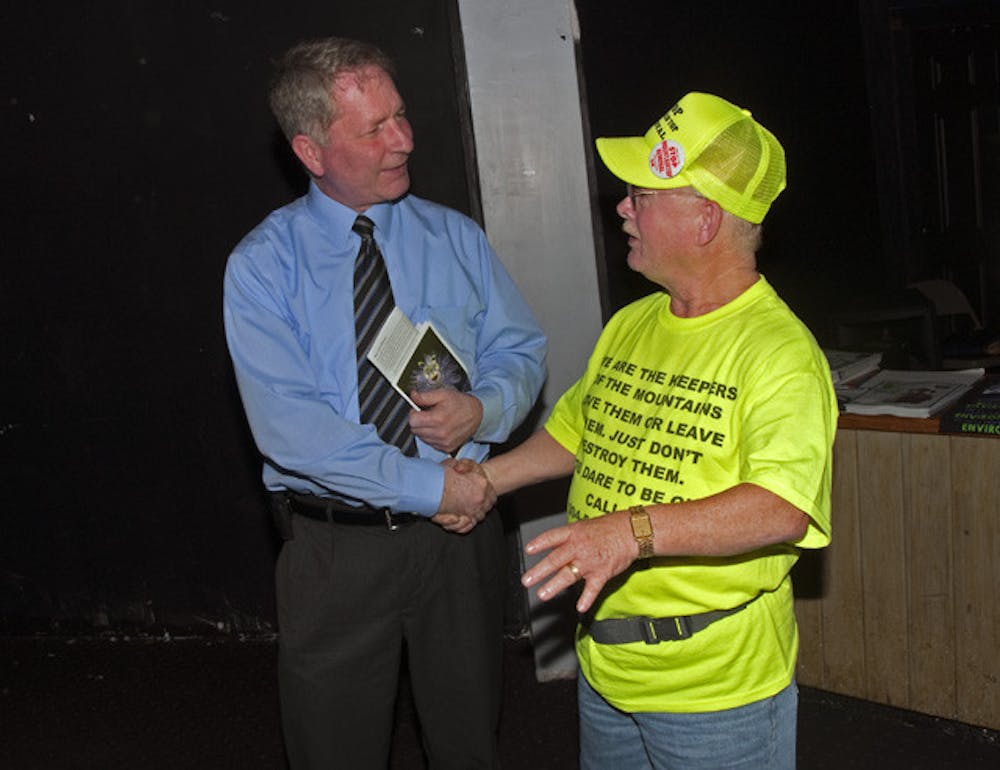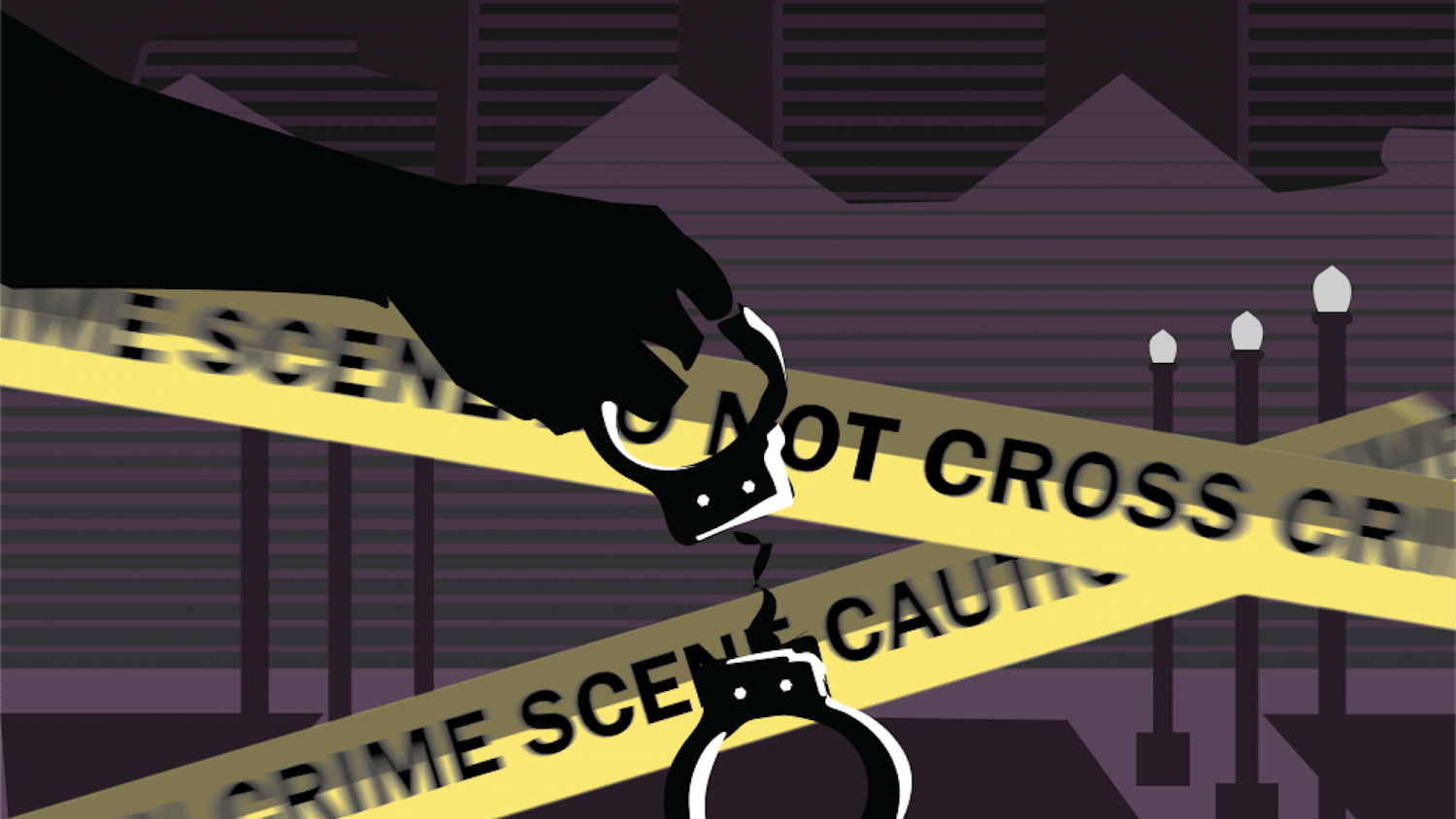Larry Gibson knows how a mountain dies.
He’s seen it happen in West Virginia, where he has watched the surrounding mountaintops become flattened in the name of coal mining.
The 65-year-old is an activist for the Appalachian Mountain region, striving to teach people the realities of the coal industry and its effects on mountains and the people who live on or near them.
Gibson’s work brings him to Gainesville this week as he spreads his message to members of the community and to energy-industry employees.
“We’re dealing with the annihilation of part of your country,” he said. “And it’s called Appalachia.”
Gibson will speak about his cause at UF at noon today in Room 107 of Marston Science Library, said Jason Fults, an electrician’s apprentice for the International Brotherhood of Electrical Workers who helped arrange Gibson’s visit.
One of Gibson’s key causes is the issue of mountaintop removal coal mining.
This form of mining involves the use of explosives to blow mountaintops apart after razing the area and removing trees and other plants, according to the website for Earthjustice, a non-profit, public-interest law firm focused on environmental issues.
Mountaintop removal mining has flattened a region the size of Delaware and has buried or destroyed more than 2,000 miles of streams that were used for drinking water, according to the website.
Gibson arrived Tuesday and met with Gainesville Regional Utilities employees to discuss the need for awareness about how coal production hurts the Appalachia region.
While GRU employees were receptive to his message, he is waiting to see if they act on the injustices of the coal industry’s use of the Appalachia region.
“You can talk green all you want. If you don’t do it, why talk it?” Gibson said.
He also attended a screening of “Low Coal,” a film about the coal industry in which he is featured, at The Venue on Tuesday evening as part of the local Cinema Verde Environmental Film and Arts Festival.
Trish Riley, the film festival’s director, said the film is one of 25 featured in the second annual festival, which began March 18 and ends March 27.





